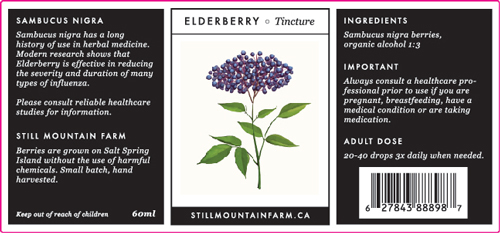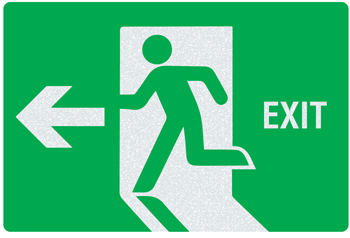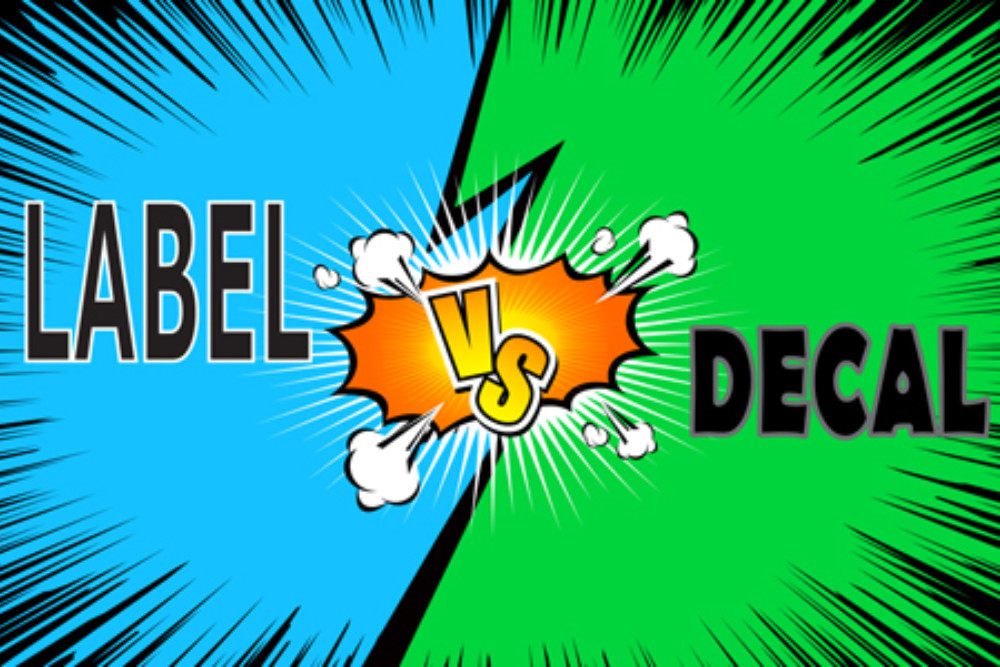What's the difference between a LABEL and a DECAL?
A “label” is often printed on a paper material and is intended for indoor use, whereas a “decal” is typically printed on a synthetic substrate, such as a vinyl or poly and applied outdoors. Of course, these are generalizations and like anything custom there are exceptions to them. As we delve into the difference between label and decal, the word “generally” comes up a lot!
What is the difference between a label and a sticker?
The primary purpose of a product label is to provide information about the product. Since labels are often intended for indoor use, they are generally printed on a paper material. Paper is suitable for many applications and is ideal for single-use products or those with a limited lifespan. There are many paper options available, from different adhesives, such as freezer, removable or extra permanent, to different finishes, like fluorescent or estate papers.
Paper adhesive options:
- Standard
- Freezer
- Block out
- Removable
- Extra-permanent
Paper finish options:
- White gloss
- White matte
- Paper foils (gold or silver matte and brite)
- Fluorescents
- Kraft
- Estate papers
Lamination or varnish can be added to paper to extend its life and durability and is often recommended to protect the inks and keep the label looking fresh. *Exception alert* Paper labels are not suitable for all indoor applications. Products that will be subject to excessive moisture or condensation, such as shampoo bottles, or those that contain oils or chemicals, should opt for a synthetic substrate.
Decal vs label
The word “decal” comes from the word “decalcomania”, which is a technique for transferring images onto glass or porcelain. These images are specially prepared paper and don’t typically possess adhesive, however the word “decal” has come to be used as a "decorative sticker" in the common vernacular. These types of stickers are less about providing specific product information and more about ornamenting a product with an eye-catching and brand-associated logo or conveying a graphic message of some sort. Decals can be found on lots of surfaces: vehicles, equipment, helmets, windows, appliances, packaging of all sorts – they pretty much go everywhere! Given this requirement for versatility, decals are usually printed on a durable, synthetic material.
Synthetic substrate options:
- White vinyl or poly
- Clear vinyl or poly
- Gold poly (brushed, brite or matte)
- Silver poly (brushed, brite or matte)
- Pearl vinyl
- Colored vinyl (yellow, black, red)
- Reflective vinyl
Adhesive options:
- Static cling
- Removable
- Standard
- Hi tack
What is the difference between decal and label? In terms of design, labels generally have more text since they contain ingredients, instructions and descriptions pertaining to the product. Labels have the important task of communicating relevant context to the consumer for safe and proper use of the product, at the same time conveying an appealing brand identity.

Decals tend to be more graphic focused, but given that many logos are simply stylized fonts, you will see lots of decals with text on them. Decals strive to capture attention and relay a more subliminal message - although in the case of security or warning decals, the message should be clear and obvious!

What is the difference between label and decal? Both labels and decals play an important role in branding and product identification and although there are differences in classification, there is overlap as well. There will always be examples of outdoor labels and paper decals and a sticker that identifies as both a label and a decal, but generally speaking, these are the distinctions between the two!
What is the difference between label vs decal? One final note about decals: the word “decal” is pronounced differently depending on whether you reside in Canada or the US. Canadians say decal as if it were one syllable and the “e” has a short vowel sound as in the word “red”. Americans pronounce decal as two distinct syllables with a long “e” sound: "dee-cal". Just thought we’d address that as it does occasionally create some confusion!
Check out our infographic on this topic!
